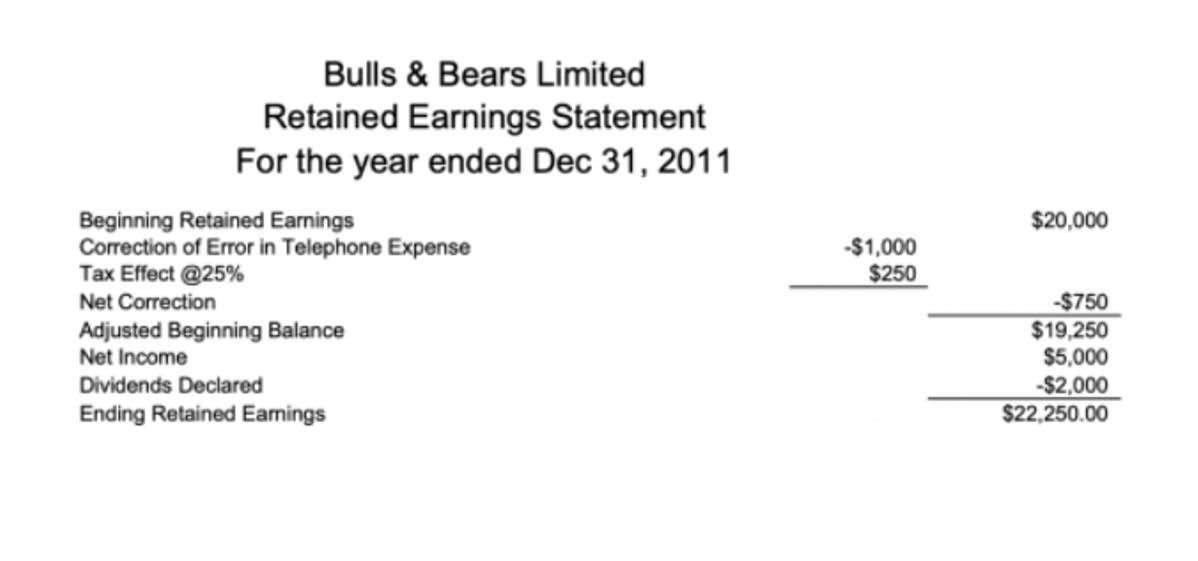Cannabis Accounting: How the Right Chart of Accounts Can Save Your Business

This opens you up to specialized business opportunities in industries that require detailed financial reporting on business expenses due to intense governmental regulations. However, medical marijuana accounting can have additional complexities due to its involvement with the medical industry and insurance of qualifying patients. Whether you’re a bookkeeper looking to find your niche or a cannabis enthusiast starting a business, it’s important to understand the differences between the recreational and medical marijuana industries.

What is a dispensary chart of accounts, and why is it vital for cannabis businesses?
We strive to provide the most up-to-date and objective information on accounting-related topics so our readers can make informed decisions based on factual content. All posts undergo a review process with at least one member of our Leadership Team to ensure accuracy. Surviving and thriving in the cannabis industry requires working within the regulatory environment, putting the right trusted advisors in place, and setting an appropriate tone within the business. TGG is industry agnostic and has been serving the cannabis industry among others, since 2005. TGG actively works with fully vertically integrated Microbusinesses, Cultivation, Distribution, Retail and Delivery businesses as well as cannabis-adjacent businesses.
How to Build your Cannabis Accounting Department for Successful Tax Compliance
However, this is a general guideline, and you should always observe your plants for signs of thirst. Young plants may show signs of wilting or yellowing leaves, while older plants might exhibit drooping leaves or a lack of new growth. Compost is an excellent natural amendment to improve soil structure and fertility. It provides a slow-release source of nutrients, including nitrogen, phosphorus, and potassium, which are vital for plant development.
Firm Management
GreenGrowth CPAs disclaims any and all liability and responsibility for any and all errors or omissions for the content contained on what are retained earnings this site. Annual reviews with your CPA can help identify new accounts that need to be added or existing ones that need to be further broken down. Regular updates can help you optimize tax advantages and keep your financial tracking efficient. Remember, your COA should be as clear, functional, and user-friendly as possible. Collaborate with your accounting team and CPA to ensure your COA fits your unique business requirements. Furthermore, a detailed COA helps cannabis operators keep track of their deductible and non-deductible costs, identify opportunities for cost savings, and assess their business performance more accurately.


You’ll need to help them understand that “getting their books done” means more than reconciling every single transaction in their business — though that’s a crucial part of it to ensure the business doesn’t get shut down. With this ebook, you will be able to more fully understand what processes and controls need to be in place so your business can be both compliant and profitable. You’ll also have a better idea of what a trained Cannabis accountant should know and how to make better decisions to ensure that your business is on track to grow amid this booming industry. These factors create an enormous need for CPAs who are excited about entering a fast-growing and intricate niche, which consists of farming, chemical manufacturing, food production, and retail. Cannabis businesses aren’t able to take deductions like most businesses can, which means that they are not legally able to take advantage of tax benefits for incurring expenses like…
A Quick-Start Guide for Ensuring Your Cannabis Clients Comply with State Requirements
- To achieve the best results, use your finger or a small tool to create a small hole in the soil, ensuring it’s wide enough to accommodate the seed’s diameter.
- Another big headache for cannabis bookkeepers and accountants is the buggy seed-to-sale software requested by local regulations.
- That also means it’s impossible to know where the IRS may draw a line in the sand regarding cannabis 471(c) tax deductions.
- Different cannabis strains have specific preferences for temperature, sunlight, and humidity.
- Join over 1 million businesses scanning & organizing receipts, creating expense reports and more—with Shoeboxed.
A cannabis business COA is not just an organizational tool; it’s a strategic asset that can drive your business growth. A well-structured COA helps businesses follow regulations and maximize tax deductions, making it easier to navigate challenges. This structured overview of financial activities allows for better reporting and insight into your business’s financial health. Moreover, it ensures that your financial statements comply with the stringent reporting standards of the cannabis industry, making tax season a less daunting prospect. This financial structure provides a strong foundation for virtual accountant easily managing and tracking your accounts, cash flow, and tax responsibilities.
Hemp & CBD basics
- That is a major difference in tax liability that results in taxes being charged on $50,000 versus $4,500.
- An accountant can help with cash handling procedures that protect their bottom line.
- Only inventory purchases and shipping for inventory to your dispensary are allowed as COGS items for Dispensaries.
- In summary, when planting cannabis seeds, opt for well-draining soils such as loam or a mix containing peat moss.
- This forces companies to operate on a cash basis, complicating financial record-keeping and increasing security risks.
- The depth at which you plant your cannabis seeds in soil can significantly impact the overall health and yield of your plants.
Professionals in the field must stay informed about regulatory changes and adopt robust accounting systems to ensure accuracy and compliance. As a cannabis business owner, you’re dealing with a myriad of challenges often at high speed. Regulations and compliance, taxes, cannabis accounting operations, employees and cash management are all high priorities and no matter what sect of the industry you’re in, it’s likely at least one of these areas is keeping you up at night. While cannabis might be legal in some states, it remains illegal under federal law, classified as a Schedule I narcotic under the Controlled Substances Act (CSA). This federal-state legal paradox presents unique challenges for cannabis businesses, especially regarding taxation and financial reporting.
- Our goal is to empower cannabis business owners with the knowledge to make informed decisions that will drive their business growth.
- The ideal depth for planting cannabis seeds is approximately 1/4 to 1/2 inch (0.6 to 1.3 cm) deep.
- Turn your receipts into data and deductibles with our expense reports that include IRS-accepted receipt images.
- However, regardless of the legality of the product or business operation, for US income tax purposes, income from any source is taxable, including income from the sale of marijuana or marijuana-related products.
To be able to do effective cost accounting for your clients you will need some very important tools, if you plan to help your clients take advantage of the maximum tax benefit. For starters, a very good cannabis Chart of Accounts that is QBB/Xero/ready (specific for grow, processing, edibles, and retail operations). You will also need a client inventory template to accumulate monthly/quarterly counts, weights, estimated yields and estimated percent complete, and finally cost accounting templates to perform the calculations.
Find a Professional
This depth range ensures that the seed has sufficient contact with the soil surface for proper moisture absorption and allows for adequate root growth as the seedling emerges. Understanding and adhering to this planting depth is essential for promoting healthy cannabis growth and maximizing yield. Compliance with cannabis laws and regulations matters for the obvious, legal reasons, as well as for securing funding. The hard part, of course, is keeping track of regulations that themselves have been subject to frequent changes, and that can vary across state and national borders.